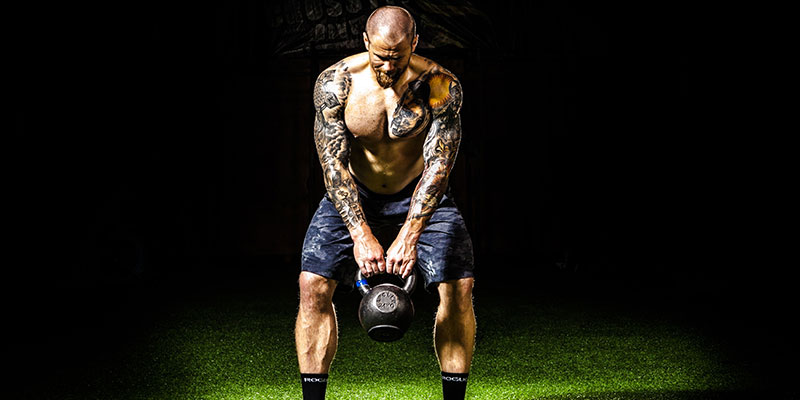You’re putting in the hours on the pitch. Game after game, drill after drill, honing your skills out there on the field. Your stamina is great and agility second to none. What more could you possibly do to improve your game?
If you want the edge, you must train for strength.
Strength training in an endurance sport such as football is often cast aside. Players are advised against it as they ‘need to stay light on their feet’ or told that ‘big muscles slow you down’. Certainly, it requires less energy to move a smaller, lighter body over a 90 minute period. But, this one factor is not enough to outweigh the potential benefits strength training could have on your career.
Strength matters
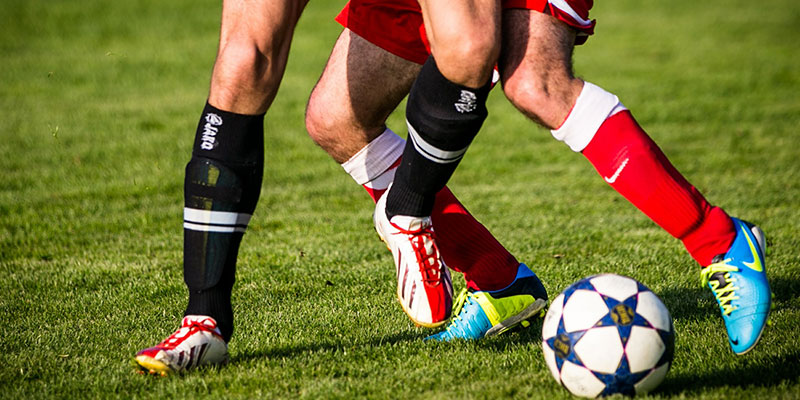
Despite what people think, strength does matter on the pitch. A strong, powerful player is not going to take the punishment in a game that a weaker, lighter player will. Football can be very physical, and if you’re not careful, you can very easily be out muscled when it really counts.
Injury reduction
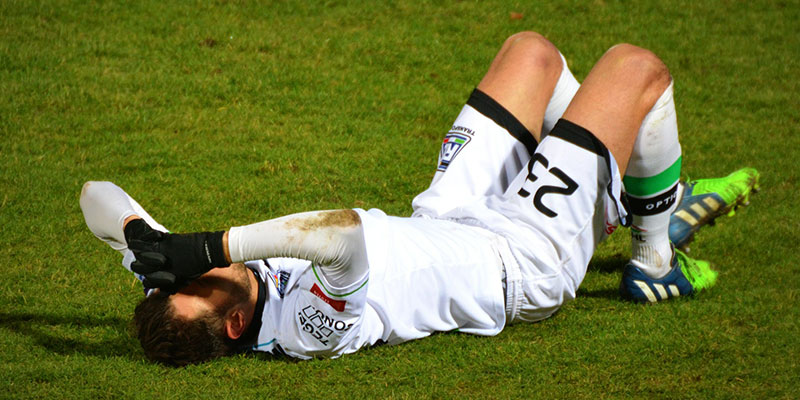
Football has the highest injury rate out of all sports. Strength training improves bone density, making them more resilient to fractures and increases muscle and ligament strength, reducing soft tissue injuries such as sprains and strains.
Increase your speed
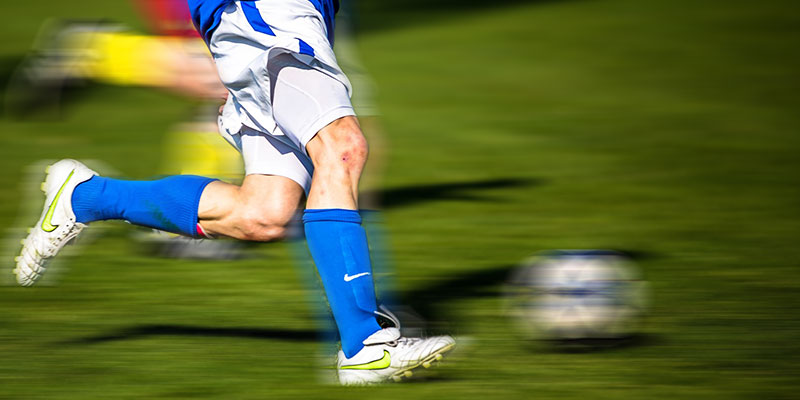
Speed is an undeniable advantage on the pitch. Players such as Jamie Vardy, Mohamed Salah and Leroy Sane are celebrated for their ability to explode up the field. Stronger legs are faster legs, just look at Olympic 100m sprinters, they are muscular and dense and faster than any footballer. Their training also involves an emphasis on strength.
Strength training for football
Kettlebells offer many advantages to the footballer. They are extremely versatile and effective at increasing your strength, endurance and power. You can take them to practice with you, allowing you to mix strength training into your usual drills. Here are the basic moves to get you started.
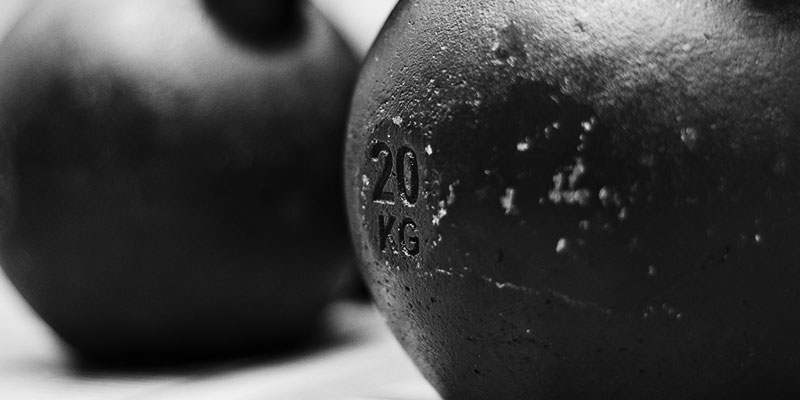
Goblet Squat
Grab your kettlebell by the horns and hold it to your chest. (Women should take care not to harm their breasts). Stand with your feet shoulder width apart and toes pointed out. Take a big breath and hold it. Smoothly descend by unlocking your knees and pushing your buttocks backwards. You should not fold in half, but instead think about squatting between your legs. Go down as deep as you can. Hold it for a second at the bottom, then explode upwards. Exhale once back in the start position.
The Swing
The kettlebell swing is a hinge movement. It targets the hips, glutes and abs, which are integral for any aspiring footballer looking to increase their speed and power.
Stand with the bell on the ground about one foot out in front of you. Carefully push your buttocks backwards and slightly bend the knees and grab the bell with a straight back. Take a quick sharp breath. Pull your shoulders into their sockets. Hike pass the kettlebell (think American football) between your legs. Hinge at the hips and then explode, swing the bell forwards by contracting the glutes as hard as you can. DO NOT use your arms to move the weight. Keep them straight but loose, like two pieces of rope. The bell should rise to chest height out in front of you. You do not need to go any higher. At the right height, the kettlebell should feel weightless. Now tighten your abs and force the kettlebell back between your legs and begin the hinge pattern again. Once complete, lower the weight carefully, the same way you picked it up.
One Arm Press
Finish the trio with this upper body staple. One arm presses do not only train the shoulders and arms. By having to remain tight and prevent yourself from leaning over or twisting, your entire midsection will become very strong.
To pick up the kettlebell, follow the directions from the swing section. When you are confident, you may do this one handed. Swing the bell to your chest, nice and close and hold it there. This is known as a ‘clean’. Your armpit will now be closed and tight and your fist will be pointing towards your chin. This is called the rack position.
Keep your feet shoulder width apart. Take a quick sharp breath and tense your glutes and abs. From this secure base, press the bell overhead. The motion should be natural and almost circular. In the rack position, your palm will be facing towards you and in the finish position at the top of the press, your palm will be facing away from you. Keep your shoulder in its socked at all times and avoid shrugging. Lower the bell under control back into the rack position. And swing it back to the floor.
How many reps and sets?
For strength training, stick with 5 reps for the squat, 10 reps for the swing and use a ladder of 2,3,5 alternating each arm for the press (2 reps left, 2 reps right, 3 reps left, 3 reps right, 5 reps left, 5 reps right).
For the squats and press you want around 20 – 30 total reps for each movement. For the swing aim higher. 10 sets of 10 reps is a good starting point.
Which Kettlebell?
Men will need to start with a 16kg kettlebell and will move on to a 24kg.
U.S readers click here
Women will start with an 8kg kettlebell and move on to a 16kg.
U.S readers click here
Good luck with your training
The My First Agent team

